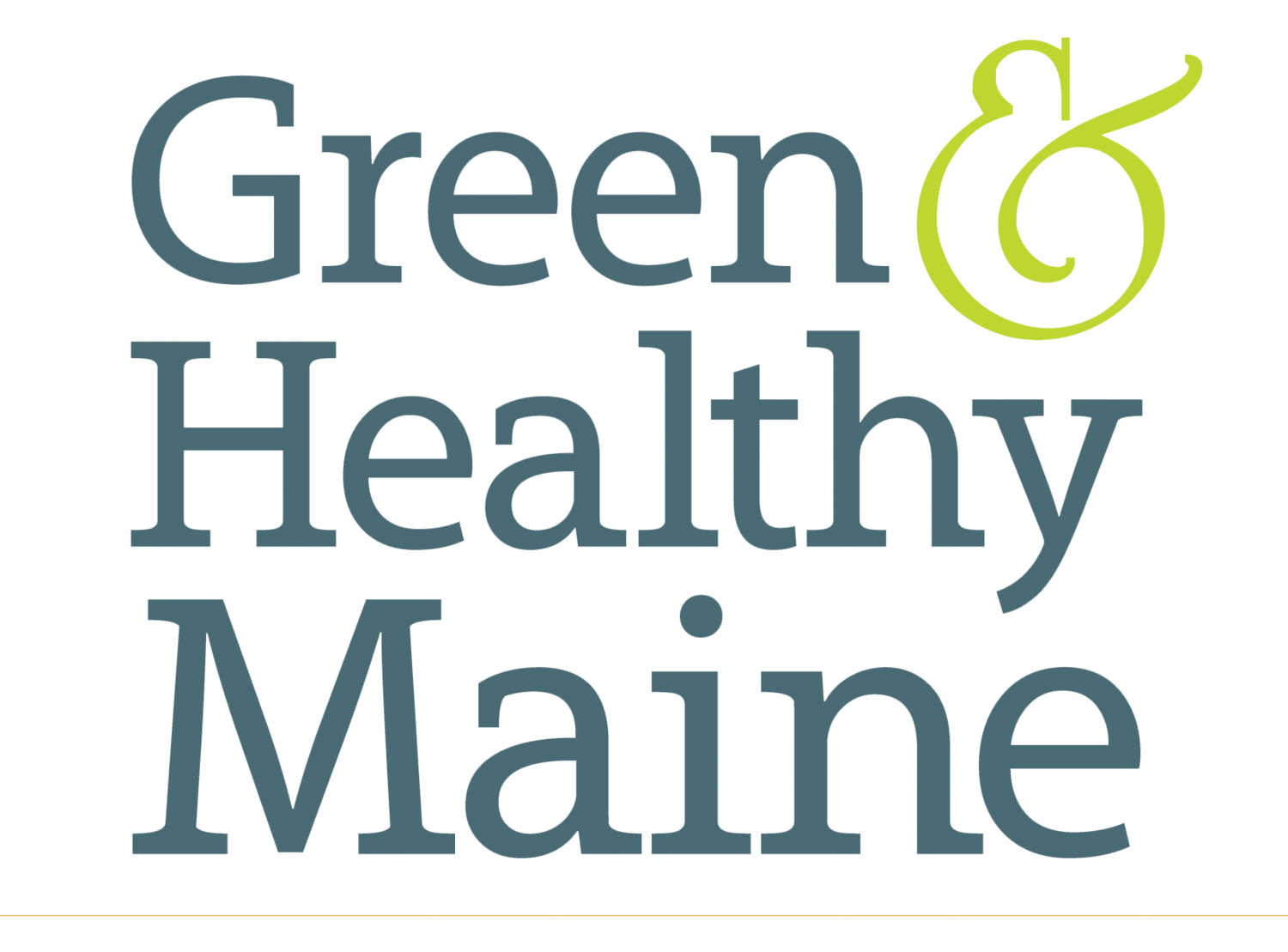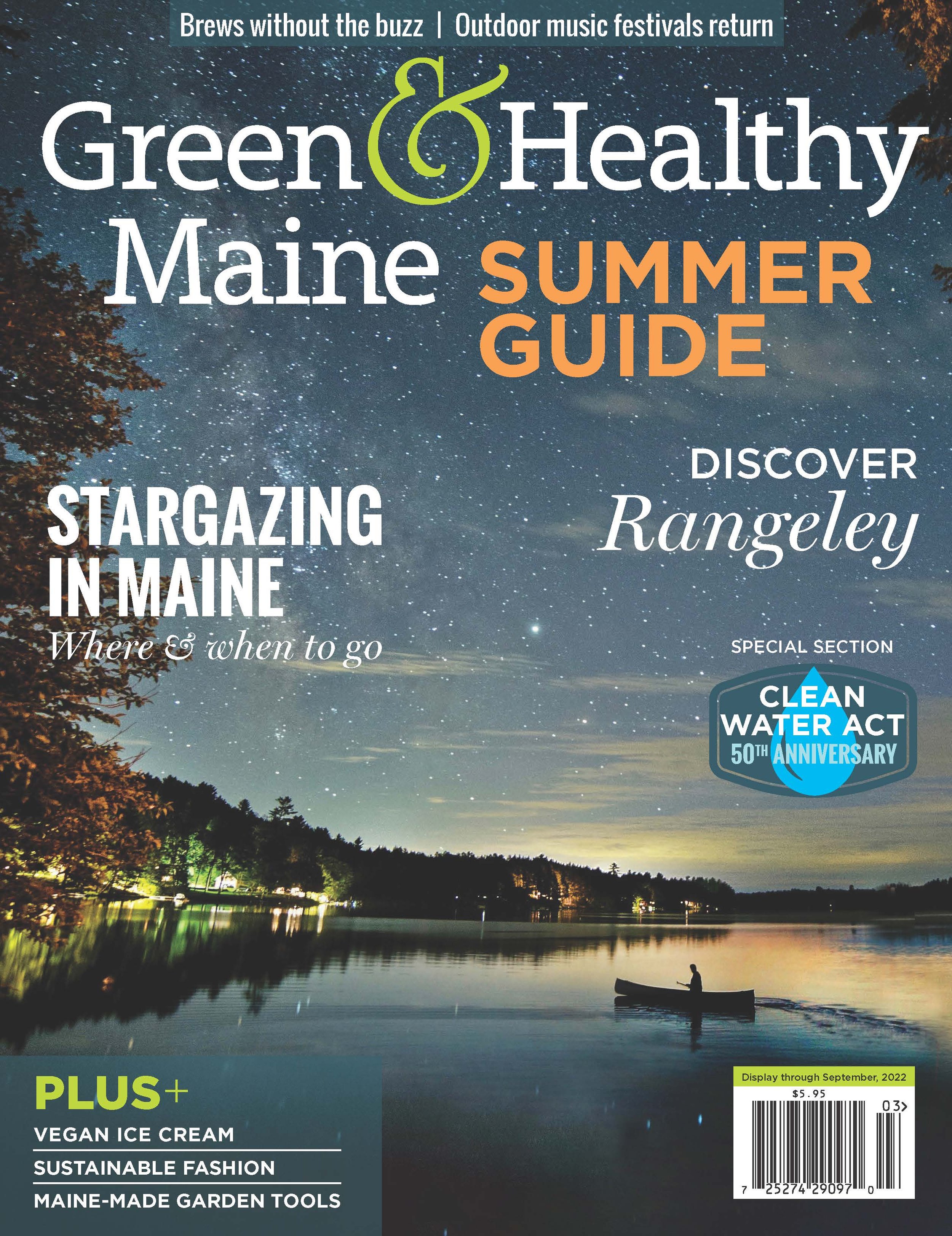Citizen scientists are key to Maine’s clean lakes
Clean Water Act 50ᵗʰ anniversary
By Andrea Lani
SUMMER IN MAINE isn’t summer without a trip to a lake. Whether you pack your picnic basket and head to a state park, visit your family camp, or paddle your canoe from a public boat launch, Maine’s 6,000 lakes and great ponds abound in opportunities to get outside and enjoy the state’s fresh water. Thanks to the Clean Water Act, forward-thinking state laws and an army of volunteers, the chances are the lake you visit this summer will be in tip-top form.
As with rivers, the Clean Water Act requires states to classify the water quality in lakes according to desired use and condition, and from the beginning Maine classified all its lakes to the highest standard and prohibited new pollutant sources from discharging into them, according to Roy Bouchard, a retired lakes biologist with the Department of Environmental Protection. In the 1990s, Bouchard worked with University of Maine resource economists to research the link between Maine lake water quality and property values, and their findings went a long way toward building public support for protecting Maine’s lakes.
“The social value of lakes seemed pretty clear,” says Bouchard, referring to lakes’ central value not just to the economics of a town or region, but also to local residents’ sense of who they are. “Many people in Maine grew up spending time at a family camp on a lake, leaving an indelible impression of ‘the way life should be.’”
That lake way of life faced challenges as increased development along lakeshores during the 1970s and ’80s caused erosion and nutrient runoff, leading to more algal blooms and reduced oxygen levels, as well as habitat degradation along the shorelines of some lakes. Maine’s shoreland zoning law, whose first iteration was adopted even before the Clean Water Act, protects both shoreline habitat and water quality in lakes, as well as many rivers, streams, wetlands and coastal areas, through restrictions on clearing and timber harvesting and requirements for sewage treatment, minimum lot sizes and setbacks. According to Bouchard, Maine’s shoreland zoning framework succeeded in balancing the protection of water quality with the preservation of landowner rights, and over time the law has been shown to protect both clean water and property values.
In addition to restricting pollution discharges and regulating development along lakes, the state recruited citizens to become involved in lake preservation, restoration and education through a volunteer lake monitoring program. Today that program is run by the nonprofit organization Lake Stewards of Maine, which oversees a network of 1,150 certified volunteers who gather data on dissolved oxygen, clarity, invasive aquatic species and other measures of a lake’s health. The state relies on this data to assess the water quality of lakes across Maine.
Volunteers pose for a photo during a Secchi Disk Certification Training. Photo courtesy of Lake Stewards of Maine.
However, the value of these volunteers goes well beyond the data they collect. The program’s greater benefit is that it empowers citizens and builds community around the lakes, according to Tristan Taber, acting Water Quality Program Director for Lake Stewards of Maine. “Many volunteers are out engaging with their lake in a way that they never thought they could, empowering them to fight against degradation of the lake and for their community, and all this is while having fun out in the sun,” says Taber.
Today, the vast majority of Maine’s lakes meet established water quality standards. For those few that don’t, the state and local lake associations are working together to deploy a range of strategies to help restore water quality. These include improving farming and soil conservation practices on the lakeshore, ceasing the dumping of food processing waste, eliminating and cleaning up upstream industrial sources, adopting a whole-watershed approach to erosion and runoff reduction, treating lakes with alum to reduce nutrient loads and algal blooms, stabilizing lake levels to reduce erosion or changing the outlet of a lake to increase the flushing out of pollutants.
Restoration of water quality can be challenging and expensive, so preserving great water quality that already exists in a lake is essential. And the key to that preservation is people. “The people of Maine are fundamental to what makes Maine lakes so special,” says Taber. “Many year-round Mainers and seasonal residents care about these important waterbodies and are willing to work with us, stewarding them for future generations.”
Roberta Hill, Invasive Species and Climate Change program director (center) leads a plant paddle workshop. Photo courtesy of Lake Stewards of Maine.
Do your part to keep lakes clean
Mt. Kineo seen in the distance on Moosehead Lake.
If you own lakeside property in Maine, you can do your part to keep the water clean by following these best practices.
Reduce lawn size and plant a buffer of native vegetation along the shoreline. Native plants provide habitat for birds and wildlife, and ferns, shrubs and trees help filter out soil and nutrients before they can run off into the lake. See greenmainehomes.com/blog/gardening-for-biodiversity for tips on gardening for beneficial biodiversity and wildseedproject.net for information, ideas and sources of native plants.
Make sure your septic system functions properly. Septic systems should be pumped and inspected every two to three years and replaced after 25. Keep roads and driveways in good shape. Erosion of camp roads and driveways can be one of the biggest sources of nutrient pollution in lakes. Stop the spread of invasive aquatic species. Inspect and clean your boat thoroughly, allow it to dry between uses and visit a courtesy boat inspection station. See maine.gov/dep/water/invasives to learn more.
Join your local lake association. These organizations work with property owners to help preserve their lake’s water quality. More than 130 lake associations work with Maine Lakes. Find a list at lakes.me.
Become a volunteer lake monitor through Lake Stewards of Maine. The organization trains volunteers to collect a wide range of scientific data on Maine’s lakes. Learn more at lakestewardsofmaine.org.
Get your property evaluated through the LakeSmart program or become a LakeSmart volunteer. LakeSmart volunteers assess the landscaping of lakefront property and offer suggestions for reducing erosion and runoff of nutrients to the lake. Learn more at lakes.me.










After 50 years of cleanup, Maine cities turn to face the water.